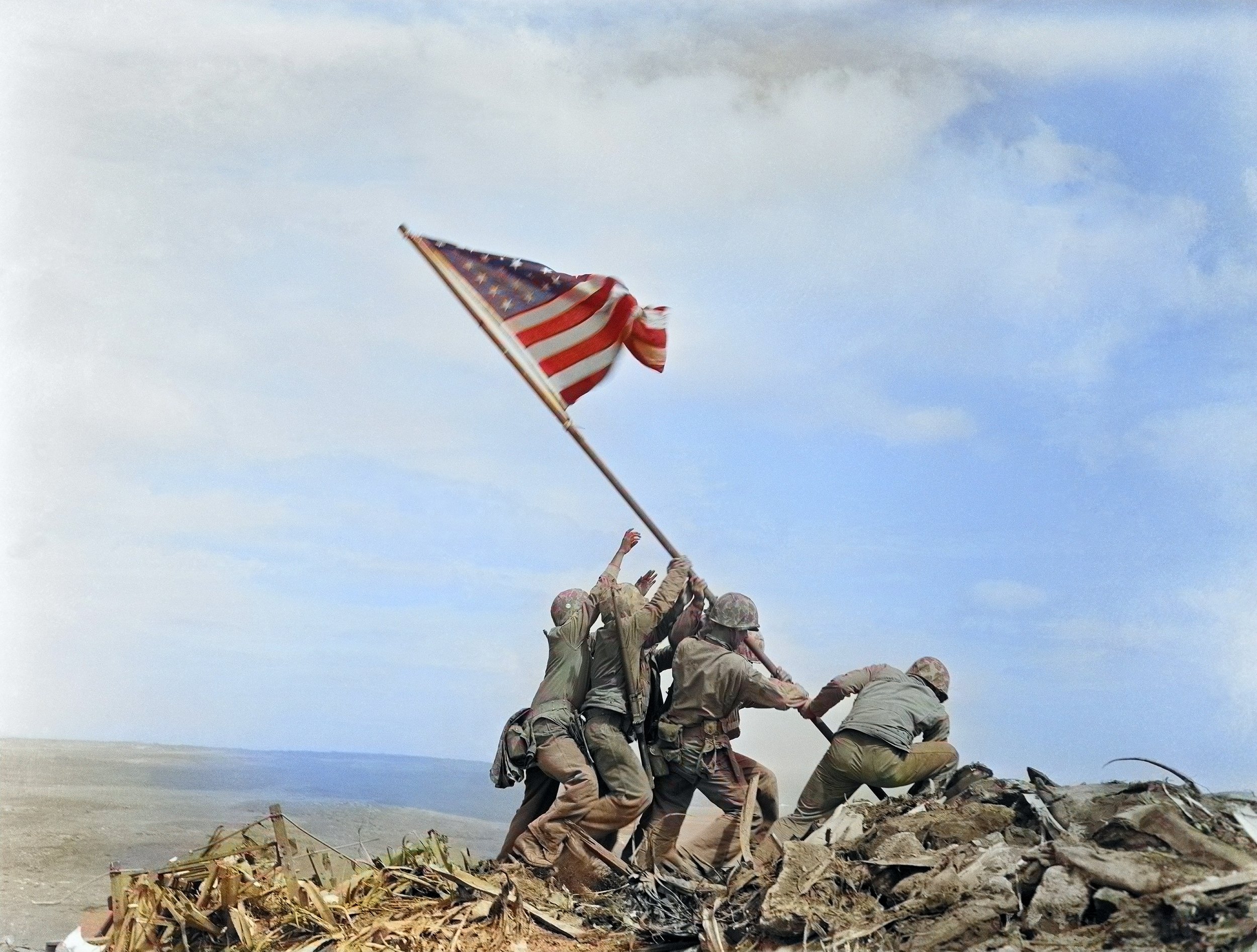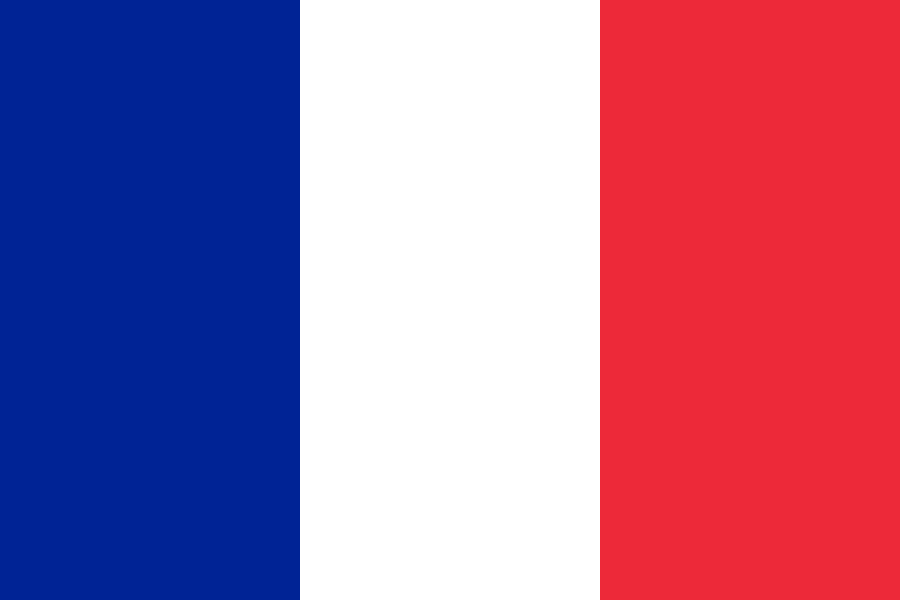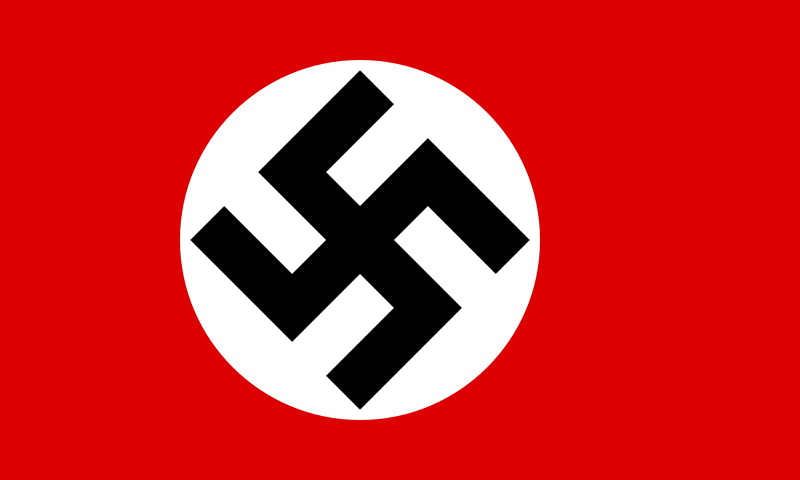
World War Briefing
Based on a series of short talks by the author for a local group for descendants of US veterans, intended to provide a basic overview of the conflict.
The Kingdom of Italy
Part Two - National Overviews
The Italian soldier had been reequipped with modern grey uniform, a new steel helmet and updated leather web gear. The symbols of Fascism now adorned their uniforms, and the Royal Army was to share the field with the Fascist party’s Blackshirt militias. One major problem remained, however: Italian industry was severely behind the other major powers, and would struggle in a modern conflict to keep up with the demands of total war.
The French Republic
Part Two - National Overviews
The French Poilu of 1939 was very similar to his counterpart of 1918, although the blue uniform had finally been changed to a more practical khaki brown. The same uniform with its distinctive overcoat was in service, as was the Adrian helmet, and the leather web gear. In many ways the French were the least removed from their Great War counterparts.
The German Reich
Part Two - National Overviews
As an unforeseen side effect of the Treaty of Versailles, the Germans had relatively little left over from the Great War, and thus had almost entirely new equipment. The same basic field grey uniform had seen some upgrades, as had the steel helmet with its distinctive neck guard, although the leather web gear was almost identical. During the war the Germans would adapt their equipment to suit their environments, such as canvas web gear and even camouflage uniforms.
The British Empire
Part Two - National Overviews
The British soldier of the Second World War was equipped with fairly modern equipment, including a khaki uniform well suited to blend into most environments, a steel helmet with a wide brim that helps to protect the wearer from the sun as well as from shrapnel, and a set of canvas web gear that is both cheap, durable, and modular.
The Soviet Union
Part One - The Interwar Period: 1919-1939
From the ashes of the Russian Empire rose the Soviet Union: the world’s first socialist power. Considered a pariah by most of the world, the new nation set about industrializing, as well as spreading socialism around the world, by whatever means.
The Japanese Empire
Part One - The Interwar Period: 1919-1939
Like Italy, the Japanese had fought alongside the Entente, and felt that they had been cheated from promised territory at Versailles. This combined with rising militarism and expansionism to see Japan becoming arguably the most aggressive of the major powers, being embroiled in a large scale war in China in 1936.
The United States of America
Part One - The Interwar Period: 1919-1939
The United States entered the 1920s with a rocky start, but soon began a period of unprecedented prosperity. This was all to end in 1929 with the crash of the Wall Street stock market and the country spent the following decade trying to correct the economic damage, and taking an isolationist stance toward the increasingly tense international situation.
The Kingdom of Italy
Part One - The Interwar Period: 1919-1939
Italy had fought with the Entente in the Great War, but felt it had been cheated at Versailles. In 1924 Benito Mussolini and his Fascists seized power, and soon Italy set about a grandiose plan to recapture the glory of Imperial Rome.
The French Republic
Part One - The Interwar Period: 1919-1939
The Third Republic had emerged battered but triumphant from the Great War, but prosperity was not in store during the coming years. Rather they would experience political turmoil and stagnation, emerging at the dawn of a new war in a weakened state.
The German Reich
Part One: The Interwar Period 1919-1939
The Weimar Republic entered the interwar period in turmoil, and despite the stabilization of the late 1920s would not survive the Great Depression, falling to National Socialism. Remilitarization would then commence, leading the world again to the brink of war.
The British Empire
Part One - The Interwar Period 1919-1939
The British Empire had reached its greatest extent, but the seeds of discord had been sown during the Great War.
The End of the War to End Wars
The Second World War was just the largest of the repercussions of the First World War.











